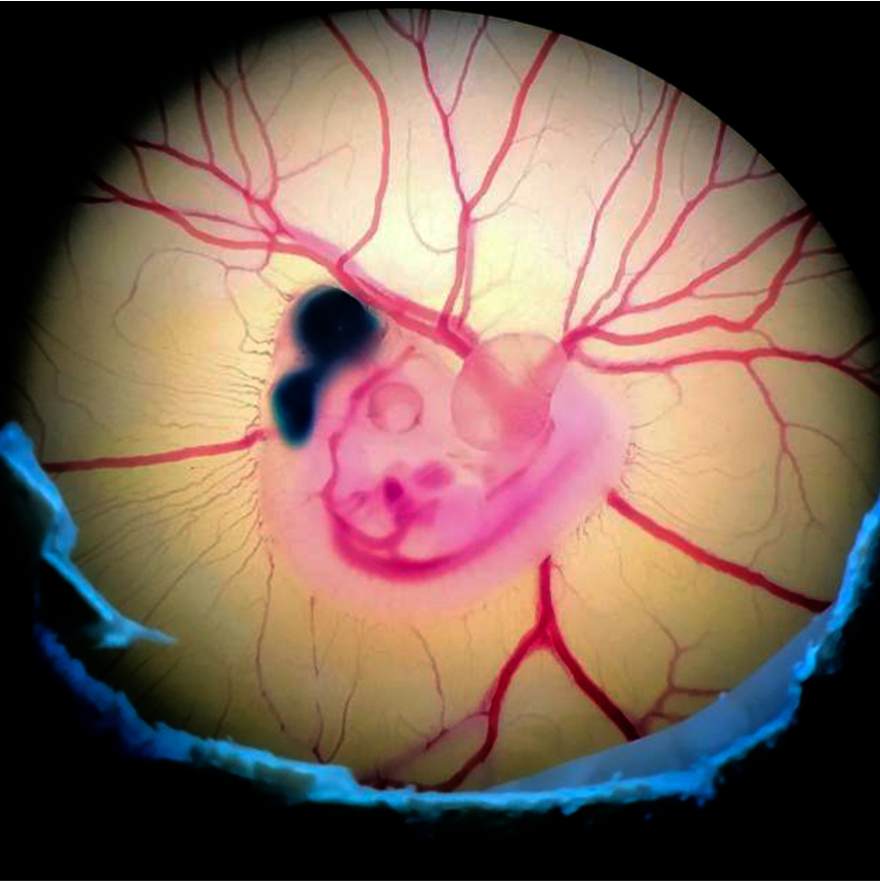
Two studies published in the latest issue of Science, led by Dr. Fernando García-Moreno, an Ikerbasque researcher at the Achucarro Basque Center for Neuroscience and the University of the Basque Country, along with collaborators, have revealed that birds, reptiles, and mammals have independently developed complex brain circuits despite sharing a common ancestor. These findings challenge the traditional view of brain evolution and demonstrate that, although comparable brain functions exist among these groups, embryonic formation mechanisms and cell types have followed divergent evolutionary trajectories.
The pallium is the brain region where the neocortex forms in mammals—the area responsible for complex cognitive functions and the primary feature that differentiates humans from other species. The pallium has traditionally been considered a comparable structure among mammals, birds, and reptiles, differing only in complexity levels. It was assumed that this region housed similar neuronal types with equivalent circuits for sensory and cognitive processing. Previous studies had identified the presence of shared excitatory and inhibitory neurons, as well as general connectivity patterns, suggesting a similar evolutionary path among these vertebrates. However, the new studies have revealed that while the general functions of the pallium are equivalent across these groups, the developmental mechanisms and molecular identity of their neurons have substantially diverged throughout evolution.
The first study, conducted by Eneritz Rueda-Alaña and Fernando García-Moreno at Achucarro, supported by a multidisciplinary team of collaborators from the Basque research centers CIC bioGUNE and BCAM, Madrid’s CNIC, the University of Murcia, Krembil (Canada), and Stockholm University, shows that although birds and mammals have developed circuits with similar functions, the way these circuits are generated during embryonic development is radically different. "Their neurons are born in different locations and at different developmental stages for each species," explains Dr. García-Moreno, director of the Brain Development and Evolution Laboratory, "indicating that they are not comparable neurons derived from a common ancestor." Using spatial transcriptomics analysis and mathematical modeling, the researchers found that the neurons responsible for sensory processing in birds and mammals are formed using different sets of genes. "The genetic tools they use to establish their cellular identity vary between species, each showing new and unique cell types." All this indicates that these structures and circuits are not homologous but rather the result of convergent evolution—that is, "they have managed to generate these essential neural circuits through different evolutionary paths."
The second study delves deeper into these differences. Conducted at Heidelberg University (Germany) and co-led by Bastienne Zaremba, Henrik Kaessmann, and Fernando García-Moreno, it provides a detailed atlas of cell types in the avian brain and compares it with those of mammals and reptiles. "We have been able to describe the hundreds of genes that each neuron type uses in these brains, cell by cell, and compare them using bioinformatics tools." The results show that birds have retained most of the inhibitory neurons present in other vertebrates for hundreds of millions of years. However, their excitatory neurons, responsible for transmitting information in the pallium, have evolved uniquely. Only a few cell types in the avian brain were identified with genetic profiles similar to those found in mammals, such as the claustrum and deep layers of the cerebral cortex, suggesting that some neurons are ancient and shared. "However, most excitatory neurons have evolved in new and different ways in each species," explains Dr. García-Moreno.
The studies, published in Science, used advanced spatial transcriptomics techniques, developmental neurobiology, single-cell analysis, and mathematical modeling to trace the evolution of brain circuits in birds, mammals, and reptiles.
Rewriting the Evolutionary History of the Brain
"Our studies demonstrate that evolution has found multiple solutions to building complex brains," explains Dr. García-Moreno. "Birds have developed sophisticated neural circuits through their own mechanisms, without following the same path as mammals. This changes the way we understand brain evolution."
These findings highlight the evolutionary flexibility of brain development, showing that advanced cognitive functions can emerge through vastly different cellular and genetic pathways.
The Importance of Studying Brain Evolution
"Our brain makes us human, but it also connects us to the rest of the animal kingdom through a shared evolutionary history," explains Dr. García-Moreno. The discovery that birds and mammals have independently developed neural circuits has significant implications for comparative neuroscience. Understanding the different genetic programs that give rise to specific neuronal types could open new avenues for neurodevelopmental research.
Dr. García-Moreno advocates for this type of fundamental research: "Only by understanding how the brain is formed—both in its embryonic development and evolutionary history—can we truly grasp how it functions."
References:
- Rueda-Alaña E, Senovilla-Ganzo R, Grillo M, Vázquez E, Marco-Salas S, Gallego-Flores T, Ftara A, Escobar L, Benguría A, Quintas A, Dopazo A, Rábano M, dM Vivanco M, Aransay AM, Garrigos D, Toval A, Ferrán JL, Nilsson M, Encinas JM, De Pitta M, García-Moreno F (2025). Evolutionary convergence of sensory circuits in the pallium of amniotes. Science (in press). doi: 10.1126/science.adp3411
- Zaremba B, Fallahshahroudi A, Schneider C, Schmidt J, Sarropoulos I, Leushkin E, Berki B, Van Poucke E, Jensen P, Senovilla-Ganzo R, Hervas-Sotomayor F, Trost N, Lamanna F, Sepp M, García-Moreno F, Kaessmann H (2025). Developmental origins and evolution of pallial cell types and structures in birds. Science (in press). doi: 10.1126/science.adp5182
.png)
